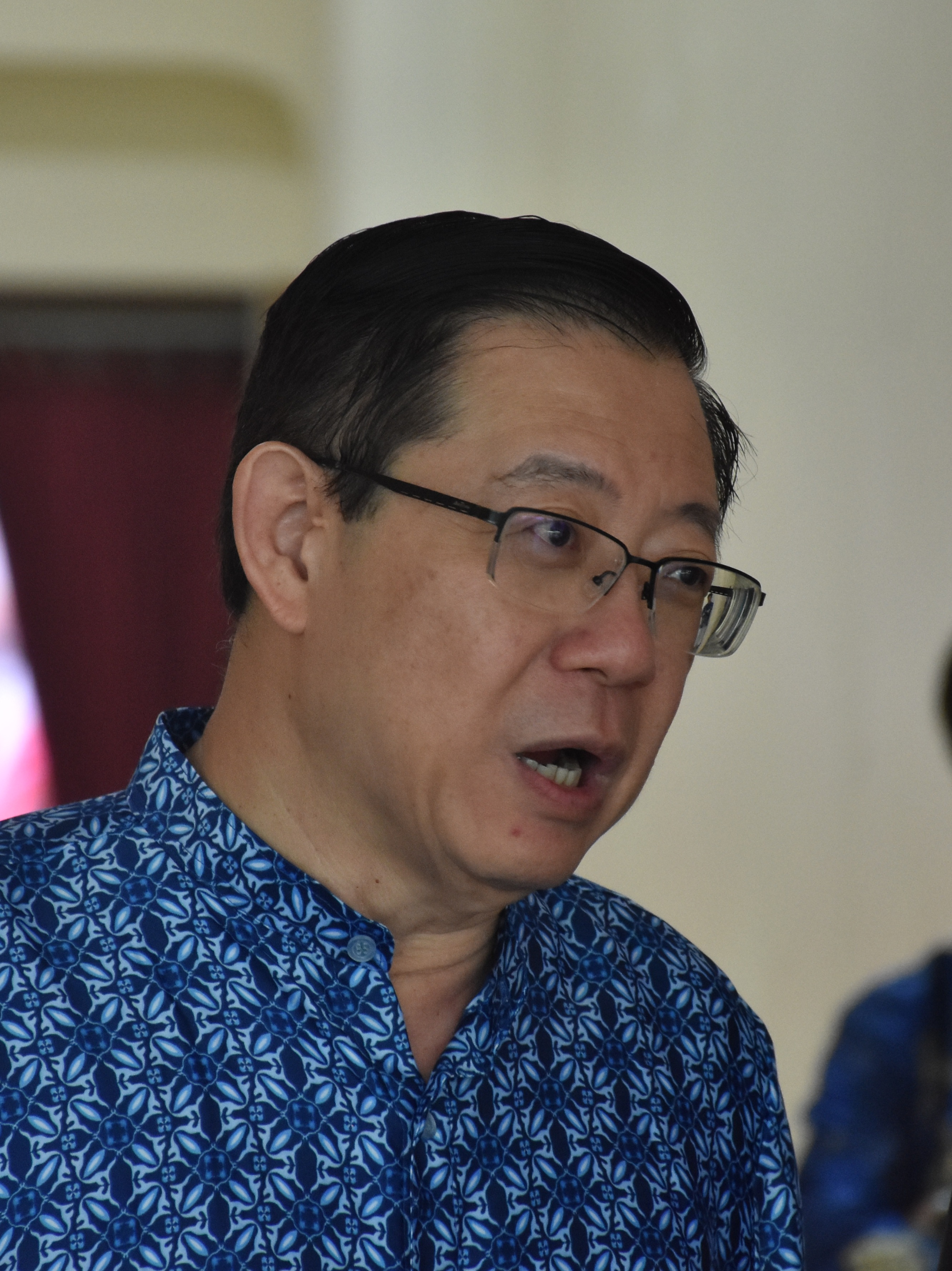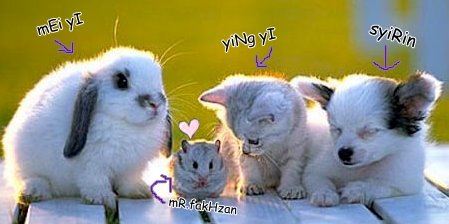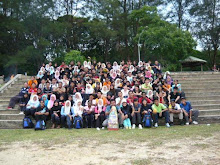 Nelson Mandela
Nelson MandelaNelson Rolihlahla Mandela, the leader of the of the African National Congress's armed wing Umkhonto we Sizwe, is the most prominant black leader in south Africa and has become the significant figure of resistance of the anti-apartheid movement. Over four decades, he has received more than 100 awards, most notably the Nobel Prize of Peace. However, the story behind these glorious success is poignant and bitter. During his struggle in setting Africa free from apartheid, the South Africans court convicted him on charges of sabotage and other charges that were tantamount to treason. Thus, Nelson Mandela served 27 years in prison in accordance of his conviction, which 18 years were spent in Robben Island. It was his statement from the dock, has won him international attention and his reputation grew steadily during his period of imprisonment.
"During my lifetime I have dedicated myself to the struggle of the African people. I have fought against white domination, and I have fought against black domination. I have cherished the ideal of a democratic and free society in which all persons live together in harmony and with equal opportunities. It is an ideal which I hope to live for and to achieve. But if needs be, it is an ideal for which I am prepared to die."
 Lim Guang Eng
Lim Guang Eng
 Lim Guang Eng
Lim Guang EngThe same thing did happen in Malaysia too. Lim Guang Eng, currently the Chief Minister of Penang, was arrested by Malaysian police in 1994 for criticising the government's handling of allegation of statutory rape of one of his constituents by former Chief Minister of Malacca. As a result, the Attorney General charged Lim Guang Eng under Section 4 (1) (b) of the Sedition Act 1948 for causing disaffection with the judicature in Malaysia. He was also charged under the Printing Presses and Publication Act (PPPA) because he printed a pamphlet containing allegedly "false information". He described the alleged rape victim as an "imprisoned victim" for she was detained by Malaysian police for 10 days without her parents' consent. In the end, he was sentenced to 18 months imprisonment in August 1998 but was released 12 months later, due to good behaviour. He also quoted this during the judicial process:
"If I fail and have to go to jail, I have no regrets. I have no regrets of going down fighting for the principles of truth and justice. And pursuit of human rights, especially women's rights. There can be no women's rights if women rape victims are considered equally responsible, and even detained, whilst the accused remain free."
Well, it is not easy to fight for human's rights and welfare in politics, but they have faith in themselves and their dreams, thus they are very successful politicians now. We must emulate their resoluteness and never succumb to any failure easily in our life.
















